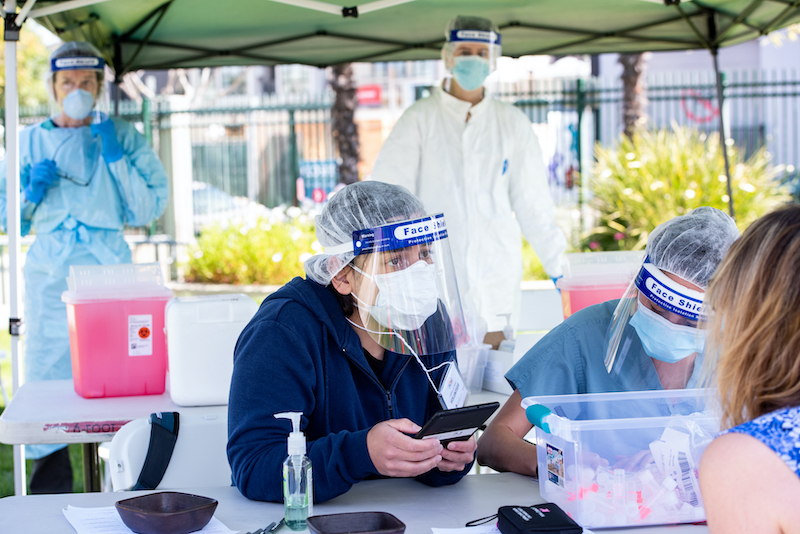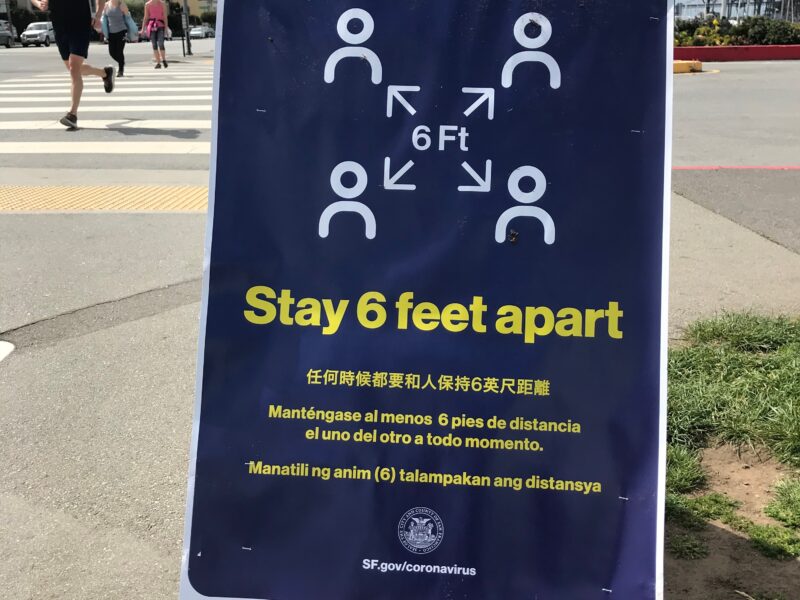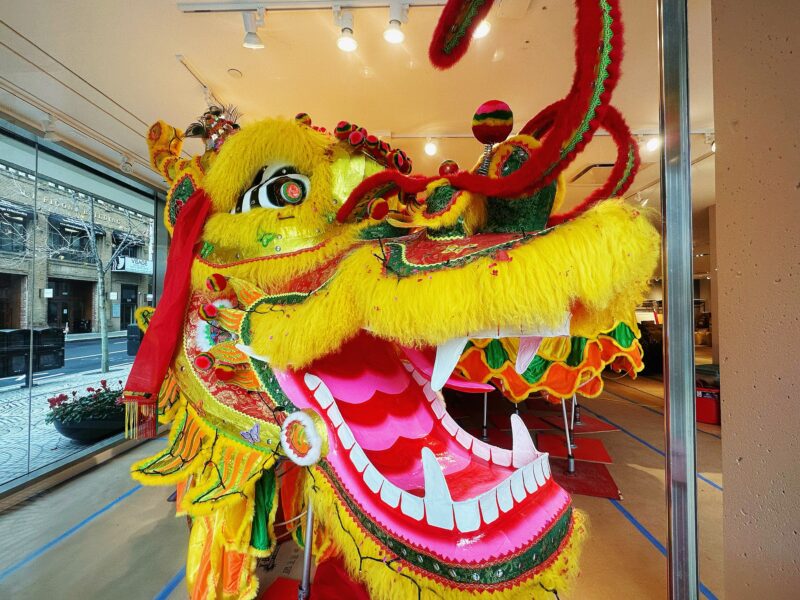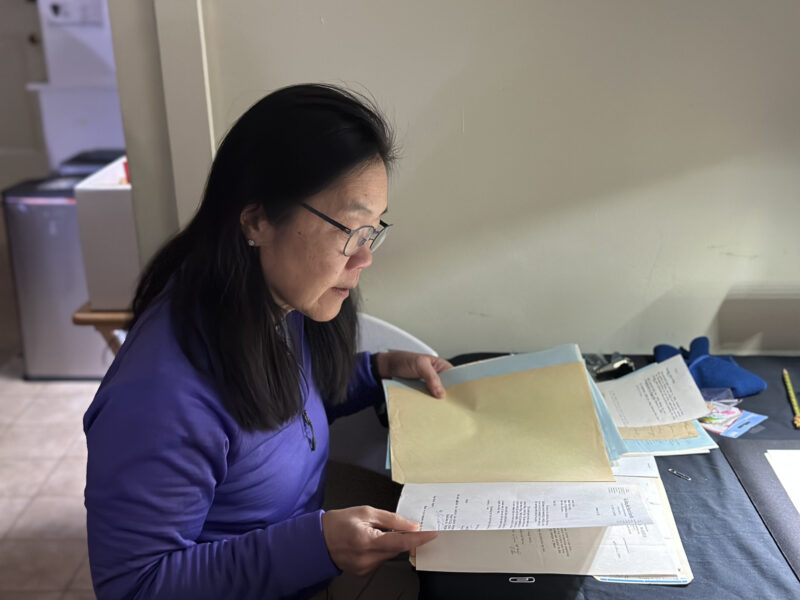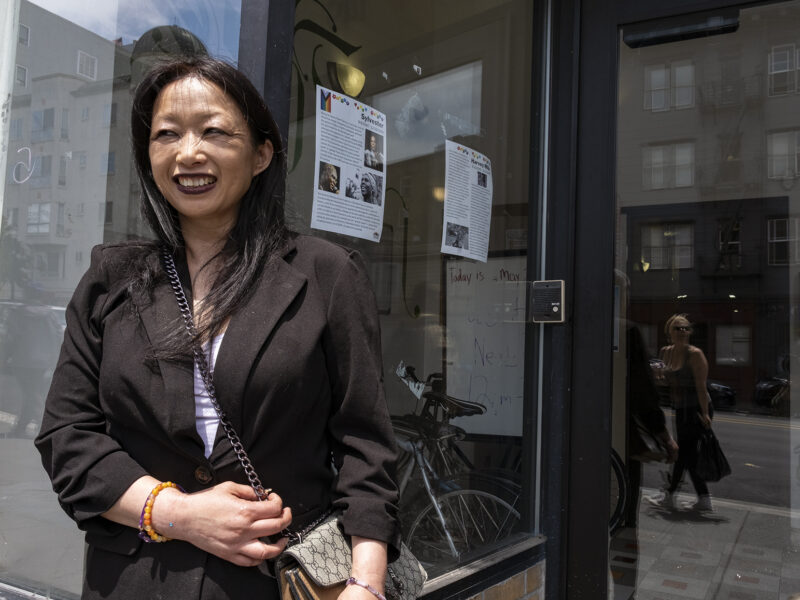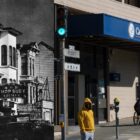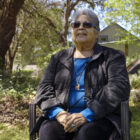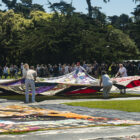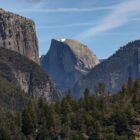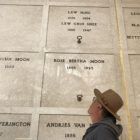It seems that we’ve pushed the COVID-19 pandemic into the collective “memory hole” — a place where those thoughts, feelings and traumas can be dropped, comfortably out of sight. But remembering is vital to processing grief and readying countermeasures for a future outbreak.
SF Reparations Plan Nears Submission, but Funding Not Yet Secure
After 2½ years of meetings, community discussions, historical deep dives and policy generation, a panel tasked with proposing how San Francisco might atone for decades of discrimination against Black residents is ready to ask the city to step up and support equity rhetoric with action.
San Francisco’s African American Reparations Advisory Committee is aiming to submit its final recommendations to the city by June 30, according to Brittni Chicuata, director of economic rights at the city’s Human Rights Commission. In the meantime, the city’s annual budget process is in full swing, which may affect funding and the timeline for whatever reparations policies the board decides to pursue.
City Hall
Housing Program to Redress Urban Renewal Could Get Boost From SF Reparations Plan
Urban renewal was a publicly and privately funded effort across the U.S. wherein local governments acquired land in areas deemed “blighted” — often using a racially biased lens — through eminent domain, forcibly displacing residents and demolishing existing buildings with promises to rebuild. In San Francisco, urban renewal targeted Black cultural centers and neighborhoods, uprooting thousands of families and destroying lively, well-established communities.
Now, San Francisco is giving renewed attention to a program that aims to bring displaced residents and their descendants back to the city as the Board of Supervisors prepares to review a draft Reparations Plan to address historic harms against Black San Franciscans at a meeting March 14.
Government & Politics
California Indian Tribes Denied Resources for Decades as Federal Acknowledgement Lags
In the last 13 years, the U.S. Department of Interior has actively reviewed applications for acknowledgement of only 18 tribes, even as hundreds remain in line. The Public Press has identified more than 400 tribes seeking federal recognition and is working to confirm that 200 others with publicly listed applications are genuine.
Many have been waiting for decades. The Death Valley TimbiSha Shoshone Band is the only California tribe that has been recognized in the 44 years since the federal acknowledgement process was established.
HIV & AIDS
After SF Visit, AIDS Quilt Heads to South to Raise Awareness
The AIDS Memorial Quilt was unfurled recently in San Francisco’s Golden Gate Park for its largest display in a decade, marking the start of a campaign to educate the public about a disease that, since 1981, has infected 1.2 million people nationwide.
While new HIV infections in the United States have been in decline, the disease continues to take a disproportionate toll on racial and ethnic minorities, men who identify as gay or bisexual, and other men who have sex with men. The highest rates of new infections and numbers of untreated people are found in the South.
Organizers estimated that 20,000 people visited the San Francisco quilt display June 11 and 12. This fall, sections of the quilt will be taken on a tour of the South for “large displays in city centers, as well as smaller displays in rural, non-metro areas,” said Dafina Ward, executive director of the Southern AIDS Coalition. New names will be added to the 35-year-old quilt during the tour, she said.
Environment
John Muir, Racial Politics and the Restoration of Indigenous Lands in Yosemite
John Muir has been honored extensively, with his name on many sites and institutions, including 28 schools, a college, a number of mountains, several trails, a glacier, a forest, a beach, a medical center, a highway and Muir Woods National Monument, one of the most visited destinations in the Bay Area. But in the time since the Sierra Club issued a nuanced statement in 2020 acknowledging some racist language in his early writings, some have come to believe that Muir’s legacy should be diminished, despite his contributions to the preservation of wilderness and later writings praising native tribes.
Tax Cuts and Eroding Worker Protections Made Wealth Gap More Extreme
When we examine the massive wealth gap between the rich and poor in this country, what stands out most is how differently it affects the country’s white and Black populations.
According to data from the Federal Reserve Board’s Survey of Consumer Finances, the typical Black family has $24,000 in wealth. That is less than 13% of the $190,000 in wealth held by the typical white family.
America’s Wealth Gap Is Rooted in Racism. How Did We Get Here?
While the wealth gap continues to expand, much of it is grounded in discriminatory economic practices dating back to the early 20th century that made it difficult for members of racial minorities in the U.S. to accumulate wealth — or to keep what they were able to acquire.
